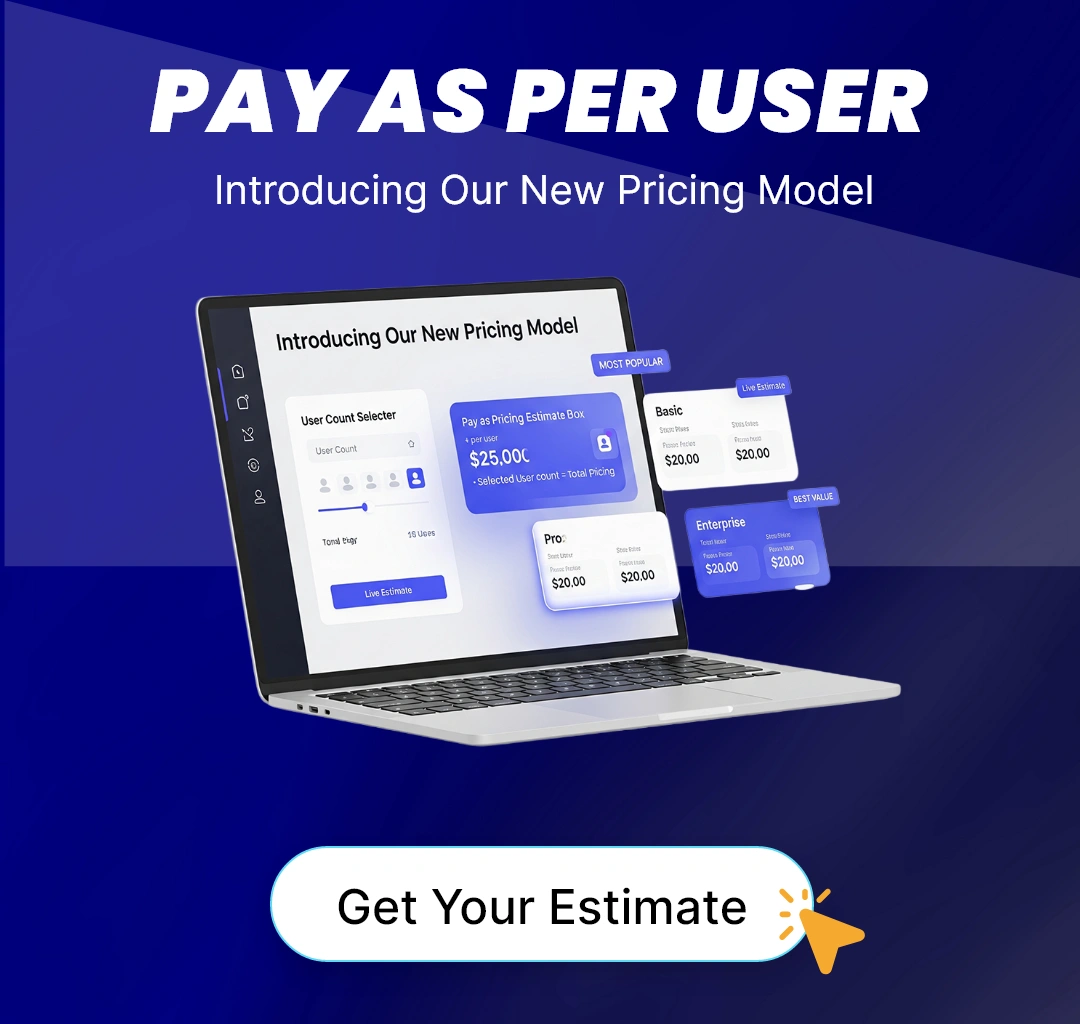Online learning has been steadily growing, offering various knowledge across different subjects. It includes multiple formats like video tutorials, in-depth master classes, and advanced education concluding in a master’s degree. These courses are easily accessible through educational platforms managed by Learning Management Systems (LMS). If you’re a businessperson, now is an opportune moment to leverage this ongoing trend by creating your own LMS.

We have
something for you!
Are you still figuring out which LMS is the best? Grab the chance to explore the LMS Buyer's Guide and get started.
















